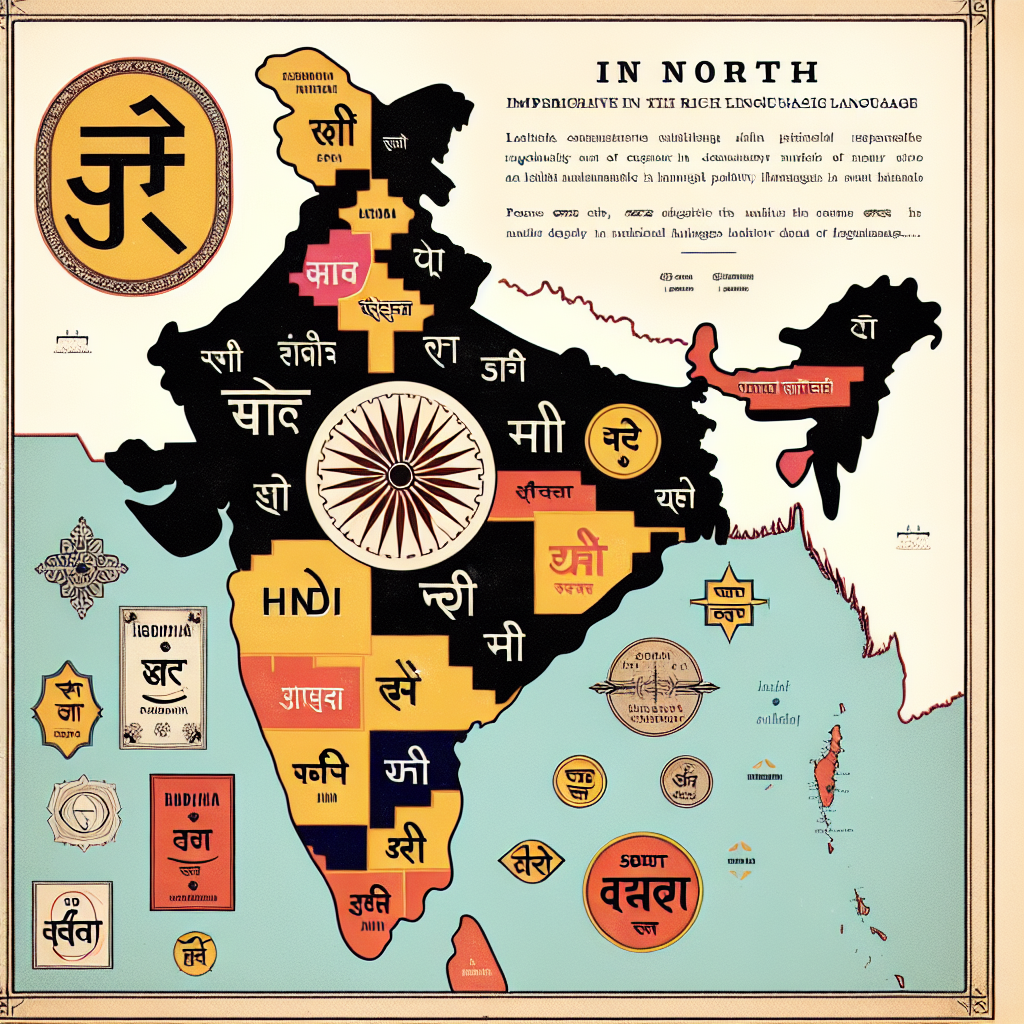India’s Language Debate: The Role of Hindi in the North-South Divide
India’s Language Debate: The Role of Hindi in the North-South Divide
Introduction
The linguistic landscape of India is as diverse as its culture, with over 19,500 languages and dialects spoken across the country. However, the prominence of Hindi has sparked a debate, particularly highlighting the North-South divide. This discussion delves into the complexities surrounding the role of Hindi in India’s socio-political fabric.
The Historical Context
Hindi’s status as a national language has been a contentious issue since India’s independence. The language was intended to unify the nation, but its imposition has often been perceived as a threat to regional languages, especially in the southern states.
Key Issues in the Debate
- Political Implications: The push for Hindi as a national language is often seen as a political move to consolidate power in the Hindi-speaking northern regions.
- Cultural Identity: Southern states, with their rich linguistic heritage, view the imposition of Hindi as an erosion of their cultural identity.
- Educational Impact: The emphasis on Hindi in educational institutions can disadvantage non-Hindi speakers, affecting their academic and professional opportunities.
Perspectives from the South
Southern states like Tamil Nadu, Karnataka, and Kerala have been vocal in their opposition to Hindi imposition. They advocate for a multilingual approach that respects and promotes regional languages alongside Hindi.
Efforts Towards Resolution
- Policy Reforms: Proposals for a three-language policy aim to balance the promotion of Hindi with the preservation of regional languages.
- Dialogue and Inclusivity: Encouraging dialogue between different linguistic groups to foster mutual respect and understanding.
Conclusion
The debate over Hindi’s role in India underscores the broader challenge of balancing national unity with cultural diversity. While Hindi serves as a link language for many, it is crucial to ensure that this does not come at the expense of regional identities. A nuanced approach that embraces multilingualism could pave the way for a more inclusive and harmonious linguistic landscape in India.













